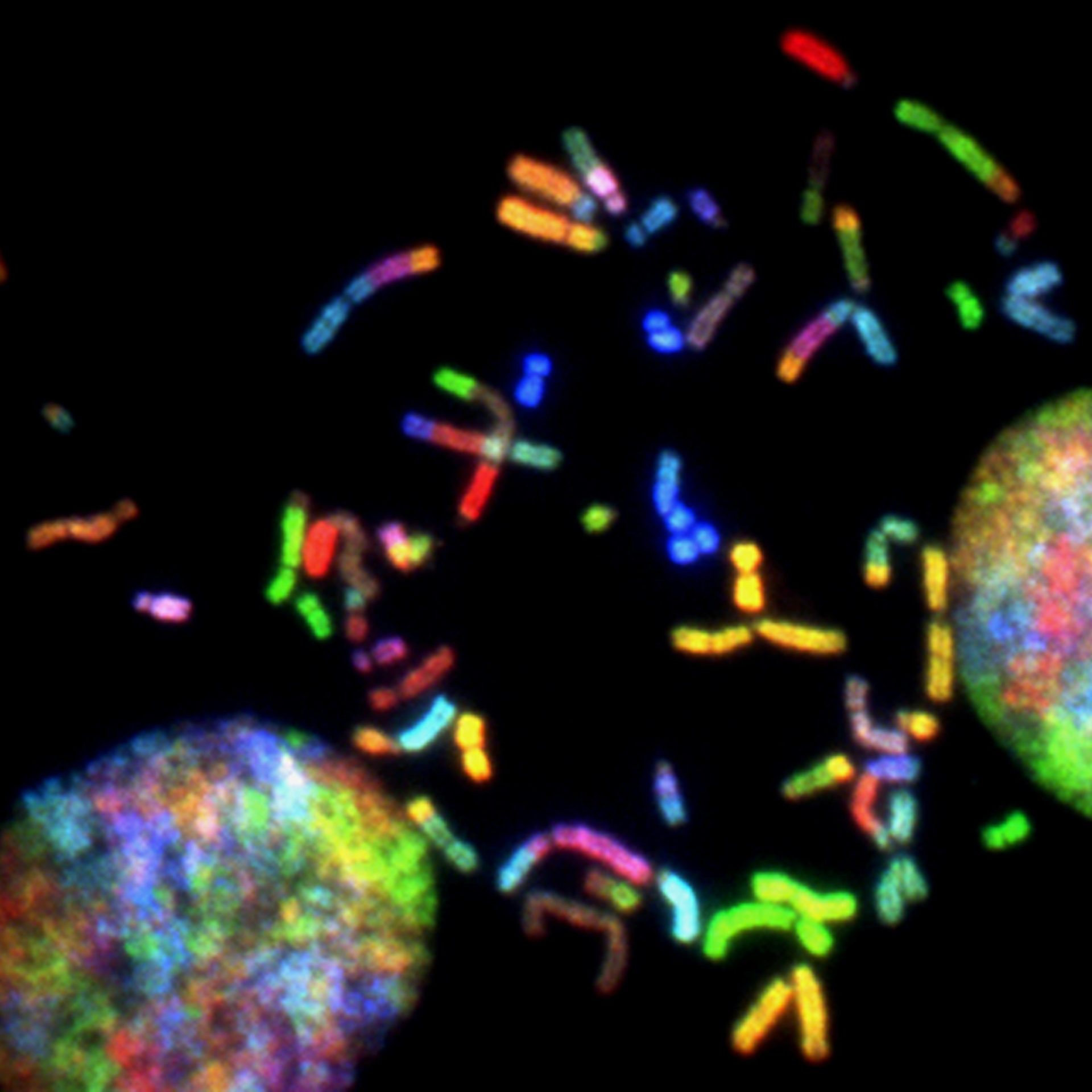Without question, scientists and clinicians have made huge strides in recent years in the battle against cancer. But this many-faced disease still holds mysteries. Even the most promising advances have serious limitations, like game-changing immunotherapies that may work, but only in a small fraction of patients. Now, some scientists are taking an entirely different approach to unraveling cancer’s many secrets. Their work was presented by William Hahn, an oncologist at the Dana-Farber Cancer Institute, at the recent annual meeting of the Association for Molecular Pathology.
Instead of taking the usual hypothesis-driven scientific approach, the Dana-Farber team is coming at cancer with an engineering mindset. Rather than asking what caused a specific cancer or how that cancer spread, they’re asking a different question: what does cancer need to survive?

Of course, many of the elements cancer cells can’t live without are the same things all human cells need to survive. But researchers believe that finding key differences — for example that a certain non-essential gene must be turned on— could lead to entirely new ways of thinking about cancer treatment.
Bit by bit, this team is building what scientists think of as the “Cancer Dependency Map”: a careful charting of which genes and molecular pathways must be available for cancer to exist. They have collected cells from well-studied cancer samples around the world and now hold more than 1,600 on which they are conducting in-depth analysis. Those cell samples are subjected to a battery of scientific queries to understand their DNA, RNA, and more. Researchers knock out genes using CRISPR gene editing or other techniques, evaluate the results, and then knock out other genes to find out how they’re all connected.
Each tweak of a cell line can tell the scientists something potentially useful. Let’s say gene A is turned on in the cancer sample but when it’s turned off, the cell dies. Maybe gene A is a potential new drug target to kill cancer. (Or maybe gene A is needed for all human cells to survive. This exercise isn’t nearly as simple as I’m making it sound.)

The goal, says Dana-Farber’s Hahn, is to find a genetic dependency that’s important to several of these cell samples — a potential weakness that could be common among a certain type of cancer. Indeed, he and his teammates have found some early prospects. A gene called BIRC6, for example, appears necessary for a subset of breast cancers. When researchers suppress the gene in those cancer models, it shrinks the tumor and metastatic sites as well.
As the dependency map has grown, Hahn and his colleagues have emphasized data sharing with other outside researchers, which they see as key to making this information as robust and broadly useful as possible. The project website sees more than 1,000 users each day browsing through data from hundreds of screened cell samples. They can also examine predictive models of thousands of drugs that could theoretically be repurposed for cancer treatment if a clear biological link were established. While Hahn says the project will need thousands more cancer samples to analyze, progress is already clear. “We’re at the end of the beginning, but we have a long way to go,” he said in his presentation. “We’re very excited about applying this in other systems going forward.”

















